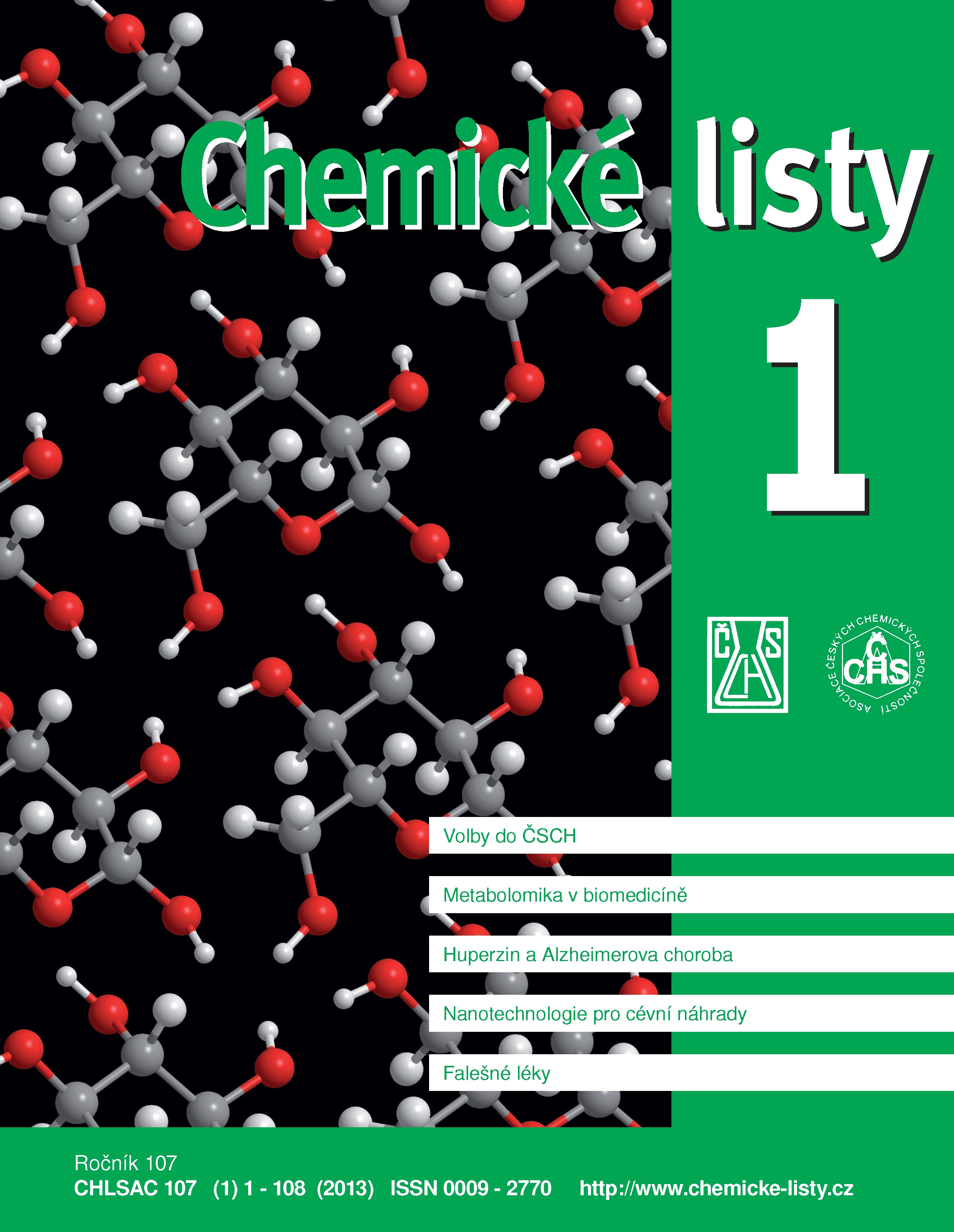Preparation of Medicinal Microparticles by Solvent Evaporation Method
Keywords:
microparticles, solvent evaporation, PLGA, formulation variables, process variablesAbstract
Microparticles prepared from biodegradable and biocompatible polymers are a modern dosage form which has a high potential to fulfil requirements for controlled drug release. The solvent evaporation method is one of the most common methods used for preparation of microparticles. This method is cheap, fast and simple, especially in laboratory conditions. Its modifications allow to encapsulate many hydrophilic and hydrophobic pharmaceuticals including peptides, proteins and cytostatics. The method is based on emulsification of the polymer and drug in the continuous phase. The process then involves evaporation of the continuous phase and formation of a solid polymer matrix in which the drug is entrapped. The solid microparticles are collected and dried. The properties of the microparticles can be influenced by modification of the method, process variables or by formulation. Optimization of the process parameters is envisaged.





